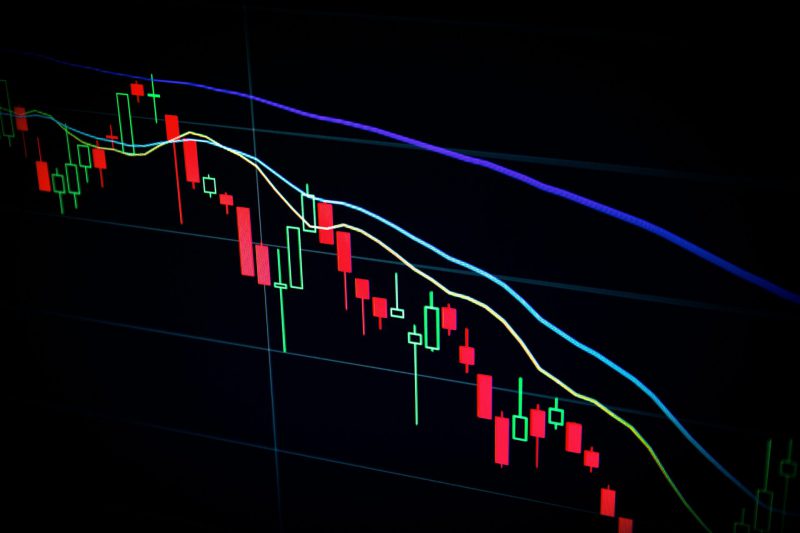Just as the community had hopes of a recovery in the crypto market, Bitcoin and other crypto assets suddenly started experiencing a significant decline. The community’s aspirations of hitting the $35K mark were left in uncertainty. JPMorgan decided to analyze the recovery path of the crypto industry.
According to JPMorgan, crypto assets will begin recovery if stablecoins stop ‘shrinking’. The banking giant said,
“Headwinds from the U.S. regulatory crackdown on crypto, the unsettling of banking networks for the crypto ecosystem and the reverberations from last year’s FTX collapse are weighing on the stablecoin universe which continues to shrink.”
The year 2022 proved to be a challenging period for stablecoins, as they struggled to maintain their intended stability. Despite being designed to adhere to a fixed value of $1, several prominent stablecoins strayed away. These deviations from their peg added additional pressure on the stablecoin industry. This is because it undermines the trust and reliability associated with these cryptocurrencies.
Furthermore, Tether [USDT], the world’s largest stablecoin, faced a setback due to the regulatory crackdown on USD Coin [USDC]. However, Tether was able to regain its position as the leading stablecoin as regulatory attention shifted towards Binance USD [BUSD].
Contributing factors to ‘shrinking stablecoins’
According to JPMorgan, the U.S. debt ceiling problem has brought focus to the reserves of leading stablecoins and their ownership of U.S. Treasury securities. This situation has prompted a closer examination of stablecoins’ reserves and their reliance on U.S. government debt. Analysts led by Nikolaos Panigirtzoglou further added,
“The share of U.S. Treasury securities in the reserves of major stablecoins has been increasing over time, implying a big challenge by stablecoins to maintain their pegs in an adverse scenario of a U.S. technical default.”
Furthermore, the U.S. Debt Ceiling represented the upper limit on the government’s borrowing capacity to fulfill its financial requirements. As a result, once this threshold is reached, the Treasury is prohibited from issuing any further bills, bonds, or notes to secure additional funds.





